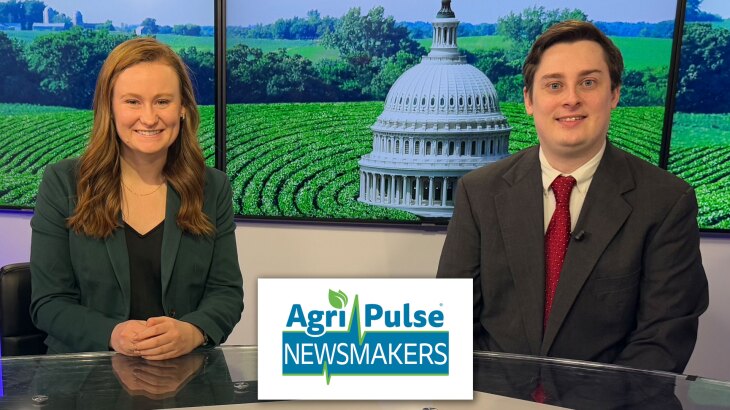Autonomous machinery is seeing an increase in the ag community to help address labor shortages.
A University of Wisconsin Extension specialist says more than 50 percent of farmers are using some form of autonomy.
“It’s kind of a new budding space for equipment companies. There are a lot of companies out there, as far as I can tell, that are sort of startups that are taking existing machines and converting them to autonomous platforms. It’s a lot of safety considerations that have to be considered in that realm as well, and it is headed this way. We’re not quite there yet. We’re not ready to go fully autonomous in the ag production - at least field crops - space. I’d say within the next year or two it is a reality we could be doing that and setting machines to do what we want them to, and just providing them the fuel, seed, fertilizer, etc., that they need to get the job done,” said Brian Luck.
Lucks adds that along with easing labor shortages, autonomy could also make farming operations more efficient.
“The other thing you kind of think about too is I go home to my family farm, and I’ve been away from the farm for several years, and every machine has its own little quirk and other things, and I probably do more harm than good helping my uncle farm. So, if he was able to have an autonomous machine that he could program to do what needed to be done and only check on that machine every so often to make sure it’s still doing what it’s supposed to do, it has what it needs to do. It, and I think it’s going to help with labor shortages and improve efficiencies. We might even see benefits, as far as financial benefits, when we’re working towards applying the right treatment at the right time. So, if we have a two-day window to get the seed in the ground, and we don’t want to plant 24 hours a day, these machines could do that, which might help farmers.”
Luck says autonomy in agriculture is currently focused on simpler tasks like tilling and mowing. However, as technology advances, more complex tasks may be automated, enabling farmers to manage their farm remotely.









